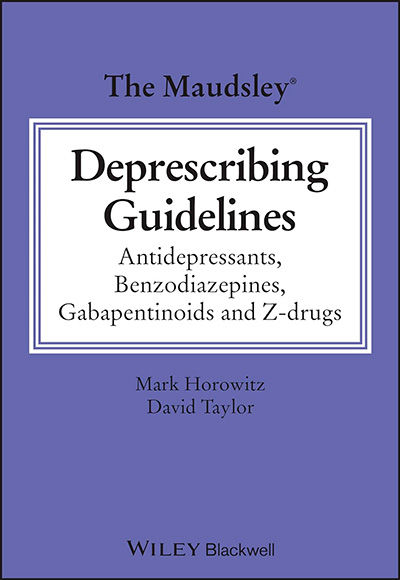Review of Hela människor (Whole/Heal humane beings)
- Behroz Dehdari
- Aug 15
- 3 min read

Riving’s Hela människor (in Swedish hela means both whole and heal) examines the evolving understanding of the encounter between the suffering person and the treating practitioner, tracing developments from the late 18th century to 1924 — the year the Swedish Medical Society decided that psychotherapy should not be recognized as a medical specialty or a distinct component of medical training, concluding that existing medical education was sufficient. Drawing exclusively from practitioners’ own writings, the book moves between the perspectives of physicians, magnetizers, psychiatrists, neurologists, hypnotists, and psychotherapists.
The opening chapter explores The Meeting Place — the physical space of therapeutic work. Two centuries ago, the healing potential of the environment appears to have been better appreciated than it often is today, judging by the interiors of many psychiatric wards where I have worked over the years.
The second chapter addresses The Knowledge that underpinned therapeutic practice. Psychotherapy, Riving notes, can be traced to animal magnetism, a practice credited with remarkable improvements in patients ranging from the deaf and physically impaired to the depressed. When animal magnetism fell under scrutiny, it had to be redefined — preserving what had proven effective while discarding the rest — giving rise to hypnotherapy. Practitioners sought to distance themselves from “charlatans” while still harnessing the power of suggestion.
This power — now labelled placebo — has seldom been regarded with enthusiasm by the medical profession. Even its etymology, I shall please, has carried a suggestion of deception. Over time, this view has softened, but the challenge remains: to distinguish what is “merely” placebo from the specific, or “real,” effect of a given treatment.
A subsequent chapter turns to The Relationship: how important was the personality of the practitioner? Strikingly, psychiatrists were once expected to possess a solid humanistic education, including history, anthropology, religious history, and psychology — the intellectual tools needed to place a patient’s suffering in context. Here, Riving recalls the often-overlooked caveat in the DSM: a mental disorder should not be diagnosed if symptoms can reasonably be seen as an expected response to a common stressor. This, in turn, requires the psychiatrist to possess sufficient knowledge of the world and of psychological principles to distinguish a normal reaction from a pathological one.
Riving also examines other facets of the therapeutic encounter: empathy, intuition, authority, participation, and resistance. These dimensions are rarely emphasised in the medical courses I have attended, yet they are central to working effectively with psychiatric patients — including those presenting with so-called functional symptoms. Together, such patients constitute more than half of all primary care visits, a figure that has not declined despite dramatic advances in biological science over the past century. How can this be explained?
Could the current paradigm — with its reliance on rating scales and flowcharts — actually worsen outcomes for some patients? Might it lead us to forget that patients can never be reduced to statistical deviations from a mean, but always appear before us as whole individuals? If so, we cannot blindly follow guidelines based solely on diagnosis, for we are not merely treating symptoms. We are treating the whole human being.
How might we do this better? Riving does not offer definitive answers, but invites us to lift our gaze and see ourselves in a broader historical perspective. The book helps us recognise patterns, reconsider assumptions, and reimagine our role as clinicians. As such, it is indispensable for any physician engaged in the care of patients.
Hela människor. Patientmötet i behandling av psykisk ohälsa från sent 1700-tal till 1924
Cecilia Riving
Makadam förlag; 2024
358 pages
(Translated from the original review published in Läkartidningen.se)



Comments